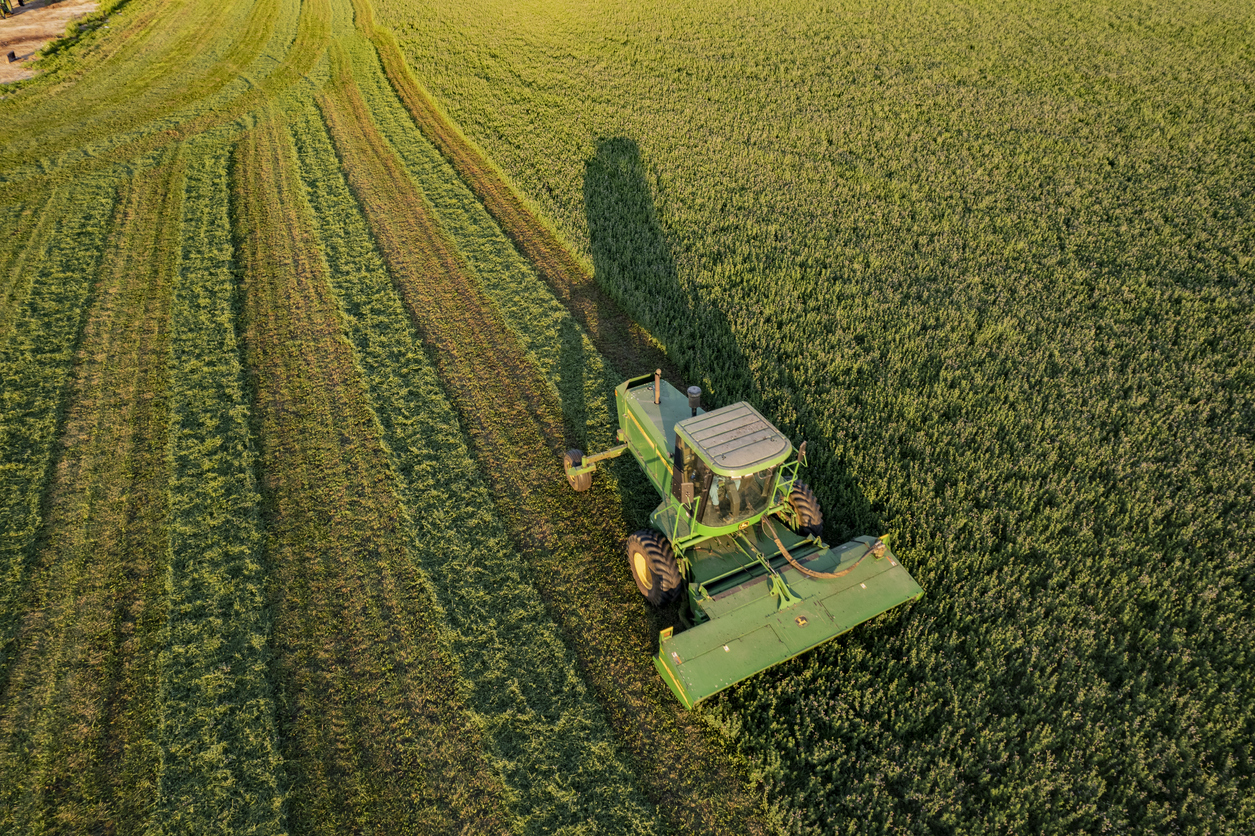Making No-Till Corn Succeed

Record no-till corn yields (616 bushel/acre, Dave Hula, Virginia) have been achieved by understanding what it takes to make no-till corn succeed! Nationally, no-till corn acres are less than 10% (average 5-7%). Corn needs nitrogen (N) and other nutrients at critical times to produce high yields. Scientist estimate that corn could potentially produce 1100 bushel/acre, but averages 200 bushels or less. The first 10-14 days after corn planting determines most corn yield. Factors that harm the corn seedling at this time may reduce the corn harvested. Traditionally, tillage warmed the soil and created good seed-to-soil contact. Each tillage operation reduces soil moisture 0.5 to 1.0 inch. Water holds 10X the cold/heat as air, so reducing cold water improves corn germination. Spring tillage also aerates and stimulates microbes to release carbon and nutrients while killing some early germinating weed seed. Corn generally benefits from tillage, giving corn an extra boost during that critical 1...



